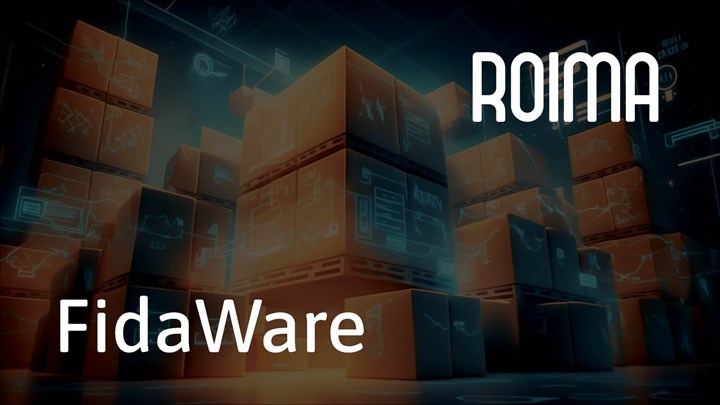Sorte huller i logistikken
På det seneste har jeg hørt mange mennesker sige, at der et eller andet sted i logistikkæden synes at være et såkaldt »sort hul«. Denne form for forstyrrende anomali opstår f.eks. ofte et sted mellem forsendelse og modtagelse af varer. Sporing af leveringen afbrydes, når leverandøren registrerer ordren som leveret, og næste gang, man hører fra leveringen, er, når den ankommer til sin destination.
B2C viser vejen for B2B
Vi kender alle problemet fra B2C-salg, men nogle aktører i den sektor har faktisk formået at udvikle deres sporingsmetoder til et niveau, hvor disse sorte huller kan undgås. Men B2B-verdenen halter igen bagefter. B2B-virksomheder har virkelig brug for at øge pålideligheden af sporingen af deres leverancers fremdrift og forventede ankomst.
Det er ikke umuligt at fjerne det sorte hul. Det hele afhænger af, hvor aktivt statusopdateringer registreres i logistikkæden. Og det afhænger igen helt af initiativet fra de involverede parter i transportkæden.
Det næste skridt er derfor at få adgang til de tilgængelige data, hvilket i sin enkleste form kan ske via et telefonopkald eller en e-mailforespørgsel eller via en portaltjeneste, som leverandøren måske tilbyder sine kunder. Men denne form for »manuel« dataindsamling er ekstremt besværlig og langsom. Der spildes tid på at indsamle data i stedet for at specificere og implementere tiltag, der rent faktisk kan forbedre resultatet. Desuden er det meget svært at få et omfattende helhedsbillede på denne måde.
RoimaCloud Kontroltårn
En mere avanceret måde er at integrere med partnere enten elektronisk eller via brugergrænseflader. Ideelt set giver det et realtidsbillede af hele kæden, fra leverandørens processer over transport til virksomhedens egne lagre og produktion. Takket være dette kan virksomheder sikre et bedre serviceniveau for deres egne kunder, planlægge deres produktion mere præcist og eksempelvis reducere deres lagerbeholdning og dermed også værdien af anlægsaktiver. På den måde begynder fremkomsten af et sort hul allerede at se usandsynlig ud.
Hos Roima implementerede vi en Control Tower-logistikløsning for vores kunde i en lignende sammenhæng. Før brugte kundens medarbejdere inden for indkøb af råvarer deres tid på at undersøge, hvordan det gik med leverancerne, og nogle gange tog processen så lang tid, at leverancen allerede skulle være i produktion, når eventuelle uregelmæssigheder kunne løses. Der var simpelthen ikke tid nok til at identificere og reagere på uregelmæssigheder.
Da råmaterialet til denne kunde produceres i udlandet, var det primære behov at spore søfragt. Denne sporing blev muliggjort af INTTRA - verdens største netværk for søfartsbranchen, hvor det er muligt at booke forsendelser, dele forsendelsesinstruktioner og se statusopdateringer fra transportørerne. INTTRA tilbød os en fantastisk kanal til centralt at søge efter de data, som kunden har brug for. Men før vi kunne opbygge visuelle visninger baseret på dataene, havde vi også brug for data fra kundens enterprise resource planning-system. Så det var i høj grad et integrationsprojekt.
Nu, hvor alle de nødvendige data er integreret og kombineret i henhold til passende regler, er det muligt at opbygge visuelle visninger baseret på dataene, så kunden kan følge leverancernes forløb i realtid og opdage og reagere på eventuelle afvigelser uden forsinkelse. Der spildes ikke længere energi og kræfter på at lede efter data og kombinere dem manuelt. For denne kunde hører søtransportens sorte hul nu fortiden til.












